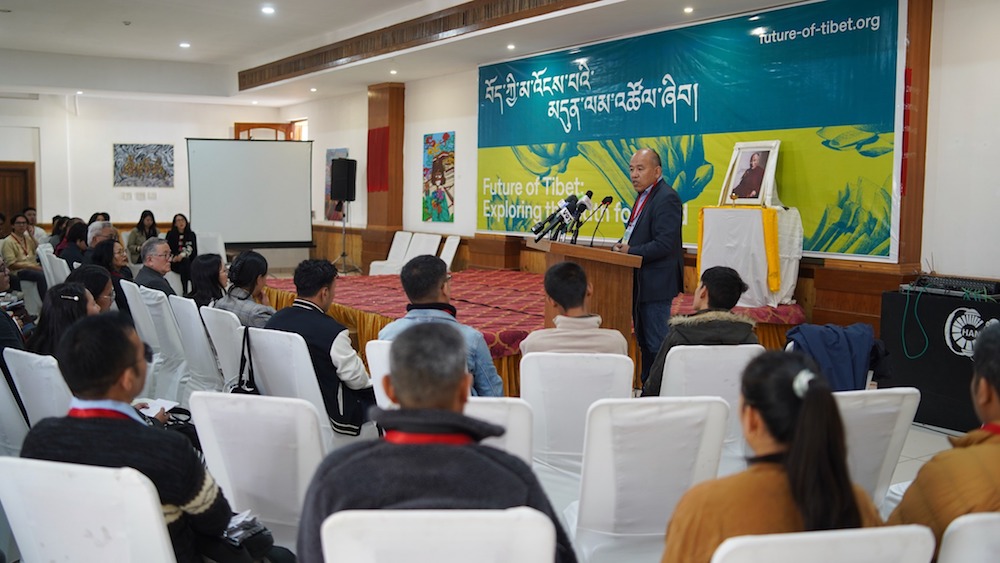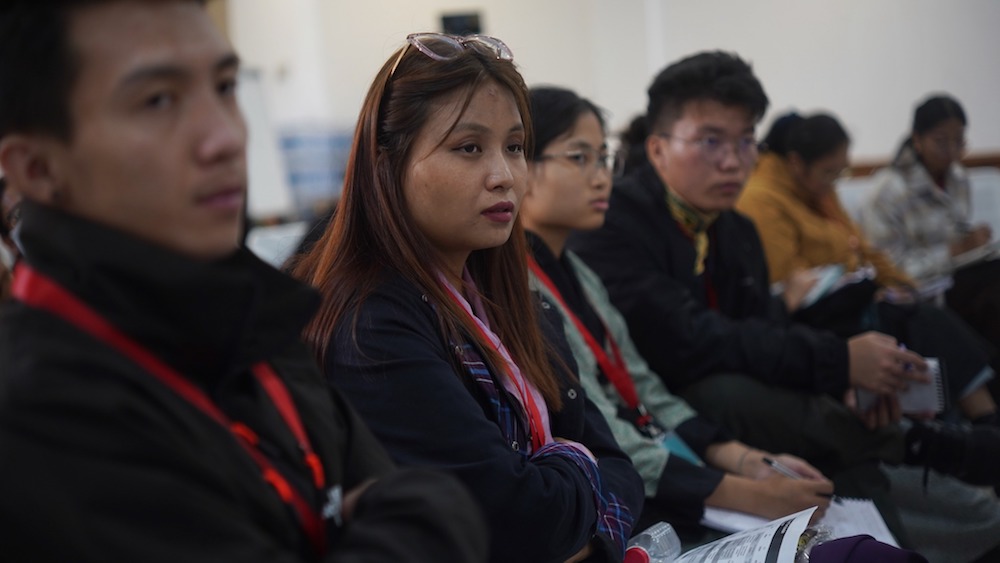By Tsering Dhundup
DHARAMSHALA, Nov. 7: Nearly 100 individuals, primarily youth, representing six different countries, have convened in Dharamshala to discuss Tibet’s future. The official commencement of the conference took place on November 6 and is scheduled to continue until November 10.
“The Future of Tibet,” an independent civil society initiative, aspires to promote unity among Tibetans and encourage their active involvement in shaping the future of Tibet. The Organising Committee, composed of individuals from diverse societal backgrounds with no formal or institutional affiliations, advocates for the strength of unity and the power of diversity. The initiative hosted its inaugural conference in Washington, DC, in April 2022, followed by a European conference in Paris, France, in November 2022, and a youth conference in New York in April 2023.
Preceding the Dharamshala conference, a one-day seminar was conducted in New Delhi on November 3 under the theme “Charting the Course: India’s Strategic Role in Tibet’s Future.”
The Future of Tibet’s Dharamshala conference under the theme “Seeds for the future” will explore various topics, including the geopolitics of Tibet, China, and India, Tibetan unity, Tibetan identity, connecting Tibetans across different places and generations, prospects for Tibet, including the idea of self-determination, and preparing for the future post-His Holiness. The conference comprises three panel discussions and scenario planning workshops that aim to address key concerns, and opportunities, and develop narratives for the future.

The conference’s keynote address was given by former Special Envoy to His Holiness, Kelsang Gyaltsen. He discussed Tibet, highlighting its rich culture, religion, and history. He also underlined that many countries recognize China as the occupant of various nations. Furthermore, he addressed the imbalance in parliamentary representation, pointing out that even though half of the Tibetans in exile reside outside India, they only have the power to select 5 out of 45 parliamentarians. He mentioned the necessity of revising the constitution in this regard.
Wangpo Tethong, co-founder of the Future of Tibet project, expressed excitement about the engagement of many Tibetans in discussions and preparations for the future. He emphasized the importance of creating a space for open discussions and embracing the diversity within Tibetan society.
Throughout the conference, a group of artists will work collaboratively to create artwork in response to the conference’s theme. The group of artists collaborating on the artwork includes Kesang Lamdark, Karma Sichoe, Ngoshi Choedon, Tashi Nyima, Tenzin Melak, and Tenzin Gyurmey.










